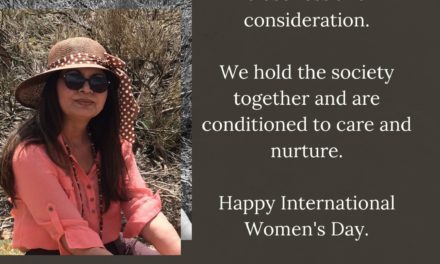So, after WW1, although, women were praised for their wartime work, they were expected to make way for the returning troops.
Then, soon WW2 broke out and with thousands of men away, serving in the armed forces, British women took on a variety of jobs; over 5 million women were in work again.
Women were conscripted in December 1941. They were given a choice of working in industry or auxiliary services – the Auxiliary Territorial Service (ATS), the Women’s Auxiliary Air Force (WAAF) or the Women’s Royal Naval Service (WRNS).
The ATS was formed in 1938 creating hundreds of roles including serving in anti-aircraft batteries; more than 250,000 women served in the ATS during the Second World War. This expansion allowed more men to be released for frontline service.
The Women’s Auxiliary Air Force, founded in June 1939, was to free up RAF personnel for front line duties. Women undertook roles, including compiling weather reports, maintaining aircraft, serving on airfields and working in intelligence.
The Women’s Royal Naval Service was reformed in April 1939. Women were recruited for shore-based jobs to release men for service at sea. By 1943, there were 74,000 WRNS (also called Wrens) serving in the UK and overseas. Wrens played a major part in the planning and organisation of naval operations and operated machines used in code-breaking.
Women also volunteered for the First Aid Nursing Yeomanry (FANY), Women’s Voluntary Service (WVS) or served in Civil Defence, the National Fire Service, Air Transport Auxiliary (ATA) or in military nursing.
By 1943 that number was in excess of seven million. As men from all over the country joined the fight against fascism, so women were called upon to help; in this war they were now in the midst of the action.
As we can see from housewives and mothers to factory workers and farm hands, women across the country were fundamental to the war effort. Most of these women had one thing in common: they did not think of themselves as heroes; they followed their consciences, saw something that needed to be done, and they did it.
But once the guns fell silent in 1945, the government encouraged a return to domesticity. By 1951 the number of working women had returned almost to the pre-war level.
We must keep telling our daughters what women had done during the war, yet, how their prospects had been limited afterwards.
But, what does return to domesticity tell us? The government recognised that domestic work was important and it had an advantage – a hidden advantage of women’s’ soft skills. All positive; someone must do the domestic work and it is best done by those who are good at it. I personally think, it is something to feel proud of.
But when women worked outside, their work was poorly paid and considered inferior to men’s work; it was also expected that women would give up work once they were married. How did this this discrimination mobilize us and change our lives?
Then emerged feminist groups in the 60’s, awareness of gender inequality was heightened, campaigning for more rights and greater opportunities saw many more women aware of their potential and the need for change.
And time went on, women continued working with resilience and performed their jobs commendably and their demand increased; men realised that female intelligence is worth harnessing, ultimately, their attitudes toward them gradually became more positive and promising.
But our role does not end there; lets tough base with the section of soft skills from my previous article.
Women are unique; the priceless soft skills that women possess mobilise life. Women are problem solvers. Their communication skills of thought and empathy create a bond and form special connections with those around us. We are the glue of closeness and consideration; we hold the society together and are conditioned to care and nurture.
Our lives are devoted to developing who we are and contributing in whatever way we can. Today, we have a challenge in front of us. We all have fathers, brothers, sons and grandsons; it is very worrying to see so many of them falling victim of mental health issues. Let’s use our collaborative, influencing and empathetic skills on this International Women’s Day 2022 as an inspiration and get on with what needs doing, like we always have. Let’s use our emotional intelligence and resilience to help men like we help ourselves.
Lack of communication leads to mental health issues.
Here’s the thing. Men don’t believe in communicating because somewhere deep within, there is an inherent belief that talking about feelings is a woman thing. So, they hold back from disclosing their innermost emotions, and they don’t have much experience communicating emotionally. I think, women can help in this instance by displaying tenderness and patience which would likely allow men to open. Women can help to take the initiative, otherwise we have an epidemic right before our eyes.
Wishing all women, and their partners and children, happiness and smiles, stability, peace and good health on this auspicious day.





